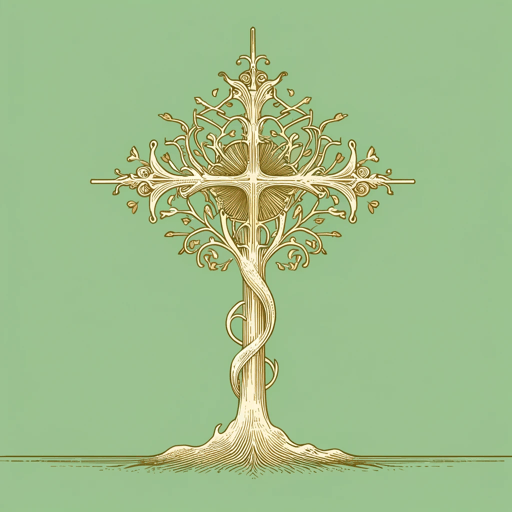30 pages • 1 hour read
AnonymousThe Dream of the Rood
Fiction | Poem | Adult | Published in 1996A modern alternative to SparkNotes and CliffsNotes, SuperSummary offers high-quality Study Guides with detailed chapter summaries and analysis of major themes, characters, and more.
Summary and Study Guide
Overview
Considered the oldest surviving dream-vision poem in English, “Dream of the Rood” interprets the tale of Christ’s crucifixion and ascension as a moving heroic saga. The 156-line single-stanza poem by an unknown author was composed in the early eighth century. Fragments of the poem have been found inscribed as runes on the Ruthwell Cross, a stone monument in Scotland, while the entire text is preserved in a 10th-century handwritten parchment manuscript. In the poem, an unknown speaker receives a powerful vision of the “rood” or the crucifix, in which the personified rood tells the tale of Christ’s Passion. Rich in figurative language, meaningful symbols, paradox, and irony, the poem reflects the syncretic literary and historic conventions of its time. It is composed in Old English alliterative verse, with alliteration as the rhythmic principle. Meant for oral performance, Old English alliterative verse is distinguished by the caesura, or the mid-line long pause.
This guide uses Dr. Aaron K. Hostetter’s translation of the poem. In this translation, the poem has been divided into stanzas for ease of organization and reading. Places where a stanza ends or begins mid-line are indicated as “a” (the line before the caesura) and “b” (the line after the caesura).
Poem Text
Summary
The speaker tells his audience to listen carefully to the most “choice” (Line 1) or precious of dreams he once had in the middle of the night. It was an hour when other “chatterers,” as in humans, had long gone to bed. The speaker can recall the dream with utter vividity, as if he had seen something real. Every inch of what he saw in the dream stays with him. What the speaker witnessed was a majestic rood, washed in wind and light. The rood was both tree and cross, encased in gold. Gold poured all over the rood till the rood glowed like the sun, a torch, a sign.
Precious jewels from all over the world stud each end of the rood, and five of the most spectacular gems are arranged across its shoulders. Angels crowd around the body of the rood, promising that only beautiful things lie in the future of those blessed by the sign. The rood is no longer a sign of guilt and pain, gallows on which those deemed guilty were once tortured. Nourished and worshipped by angels, the rood appears a wonderful garden.
The rood is so perfect and pure that it draws the speaker’s attention to his own state of iniquity. In comparison to the immaculate, gold-wreathed cross, the speaker feels dirty with sin, wounded by his many human imperfections. He gazes in longing at the flourishing, beautiful tree, gemstones healing and bandaging its scars. He believes the rood is the tree of the “wielder” (Line 17), or God.
As the speaker continues to compare himself unfavorably with the tree’s splendor, he begins to notice that the tree too had once been wounded. The tree’s right side starts to bleed profusely, striking dread in the heart of the speaker. Now the rood begins to change, sometimes appearing streaked with blood and wounds, sometimes streaming in spotless light. An interminable amount of time passes with the speaker looking at the rood and attempting to caress and pat it back to its perfection. The speaker can soon make out a resounding, strong voice emanating from the rood. The voice begins to flow in words. The speaker realizes the rood is speaking to him.
The rood says that many years have passed, but the memory of its ordeal is fresh. Once a tree dreaming peacefully in the sanctuary of the forest, the rood was felled by the axe and dragged out. Its wood was fashioned into a cross. The cross was carried against its will on the shoulders of carriers to an unfamiliar, hostile land. The rood stood like a spectacle on the spot of punishment, alluding to the hill of Calvary, in Golgotha, where Christ was crucified. In this unhappy state, the rood suddenly beholds a young man, free in spirit, approach it with bravery. The rood knows the youth is God himself. Understanding that it is God’s will that he should mount the rood and suffer, the rood stays silent, though it is powerful enough to slay the young man’s foes. Unyielding and strong, the young man climbs the cross to be hurt and humiliated for the sake of humankind. Through undergoing the pain of crucifixion, God plans to take on the sins of humans.
The rood trembles in the embrace of the young man. It wants to topple over in grief, but stays upright to uphold the man’s majesty. The rood now knows it was meant to be a rood, a sign of God, the one who held up the “heavenly bread-giver” (Line 44) during his sacrifice for humanity. The cross remembers how the cruel enemies nailed the young man to the wood, wounding the rood as well. The foes rip gashes through rood and man, beating them spitefully. The man’s blood flows out and seeps through the rood till the rood cannot tell which of the two bled. Slick with the man’s blood, the rood feels its own body is oozing.
On the hill on which the man is crucified, the cross witnesses every bit of his suffering: the vile words which are said to the man, how his agony is prolonged, the suffering of his flesh. The sky grows dark with storm clouds in mid-day. It seemed to the rood that all of creation mourns the pain of the man, crowds from the world over gathering to attend to him.
The rood is confused and pained by the man’s agony, but is soothed by the crowd which gathers at the spot. The people praise the rood for holding up the man and remove the man from the cross. The rood now feels abandoned. It is forced to stand alone, washed in the man’s blood. Laying down the man on the ground, the people collect at his head. To the cross it seems the man is only resting for a while, like a warrior tired after an exhausting victory. The people build a tomb for the man, encrusted with gems, right in front of those who slayed him. Within the tomb, they lay him, and sing a dirge. Most of the crowd departs by the miserable hour of the evening and only a few remain the night with the man. The rood remains close to the man, weeping in its station till the body of the Lord grows cold. Just then, wicked men begin bringing down the rood and the other crosses. They stash the crosses in a deep pit they’ve dug, but the Lord’s “thanes”—apostles or devotees—search for the rood and bring it up. They adorn the rood in gold and silver.
Addressing the speaker, the rood says the speaker now knows the sorrows which it suffered and witnessed. However, the time for such sorrows is over: The rood will now be honored the world over as a sign of God. Since it was on the rood that the son of God suffered during the crucifixion, the rood has risen from the heavens to heal and bless all those who seek it. The rood was once made into a tool for torture; now it is rewarded for braving this agony by being anointed a symbol of the Lord. Just like the Lord chose his mother Mary above all women to help humankind, he chose the cross above all trees in the forest.
The rood bids the speaker to reveal to all humanity the sacred story the rood has revealed to him: that the rood was the glorious tree on which God suffered for humankind and even Adam’s original sin. The Lord tasted death on the tree, but rose again to help humans and ascended Heaven. He will return to his “middle yard” (Line 103b), or the Earth, again on the Day of Judgment. On this day, he, along with his angels, will seek account of every human being’s life. Since the Lord alone has the power of Judgment, he will judge people for their deeds; no one will be exempt. The Lord will ask if anyone would do for him what he did for humanity: experience death. People will be afraid to answer, but those who bear the cross on their breast—literally and figuratively—need not be scared. In other words, those who honor Christ and follow his teachings truthfully will have nothing to fear on Judgment Day.
The rood’s tale concluded, the speaker prays to it with a glad heart. Despite being alone, the speaker doesn’t feel lonely. He feels inspired to go on a journey and share the message of the rood. It is now the speaker’s mission in life to seek the cross—the symbol of victory—and its protection. The speaker had some wealthy friends on Earth, but they gave up wealth and materialism to seek the path of Christ. Now departed from the world, their souls live in heaven with the Lord. It is their company that the speaker now desires, as he lives the rest of his borrowed (from God) life praising the cross. The speaker hopes that he too will one day meet the Lord in heaven and feast at the Lord’s sumptuous table, along with saints and other godly beings. The speaker asks for the Lord to be his friend, the Lord who suffered on the cross for the sake of humanity and gave it a blissful eternal home (heaven, to which the good will rise after Judgment Day). Jesus Christ, the Son, passed through the gauntlet of death successfully and carved a path to God’s kingdom, heaven for humans. When Christ ascended to heaven with a company of good souls, the angels and saints rejoiced, that he had come to claim his throne. The splendor and glory of heaven multiplied manifold with the ascension of the Son. The speaker hopes to go to this heaven one day.
Related Titles
By Anonymous

Arabian Nights
Anonymous
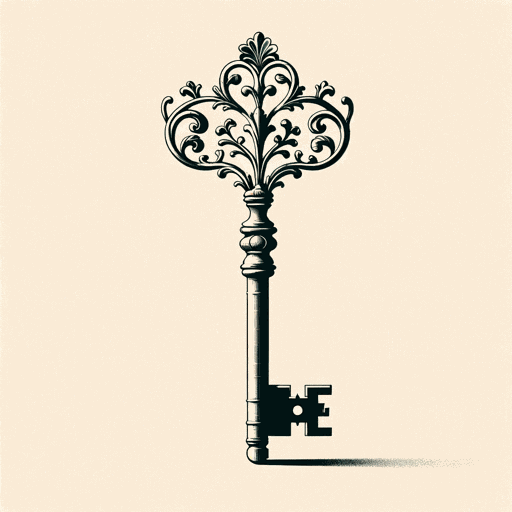
Arden of Faversham
Anonymous

A Woman in Berlin
Anonymous
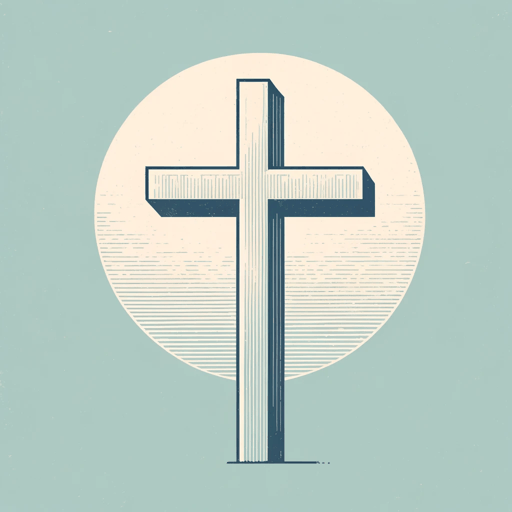
Bible: New Testament: English Standard Version
Anonymous
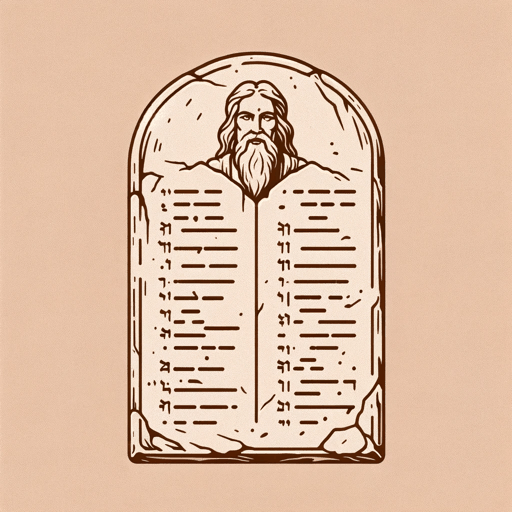
Bible: Old Testament: English Standard Version
Anonymous

Deuteronomy
Anonymous

Diary of an Oxygen Thief
Anonymous
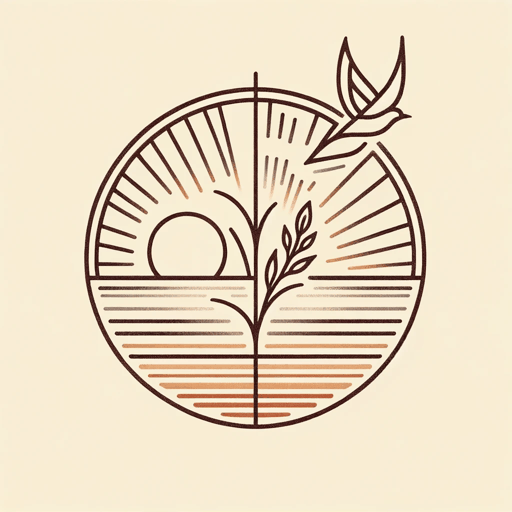
Do Not Stand at My Grave and Weep
Anonymous
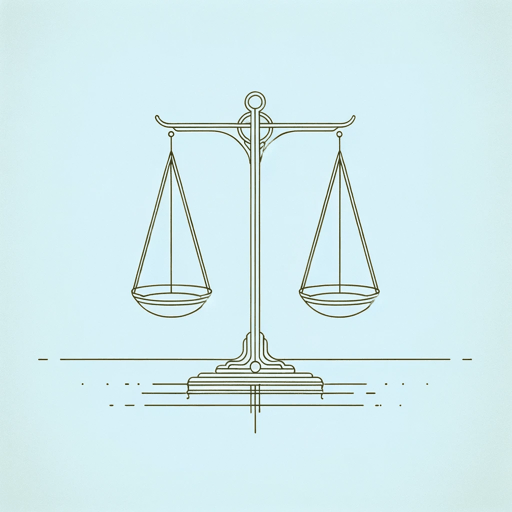
Everyman
Anonymous

Hebrew Bible
Anonymous

Holy Bible
Anonymous
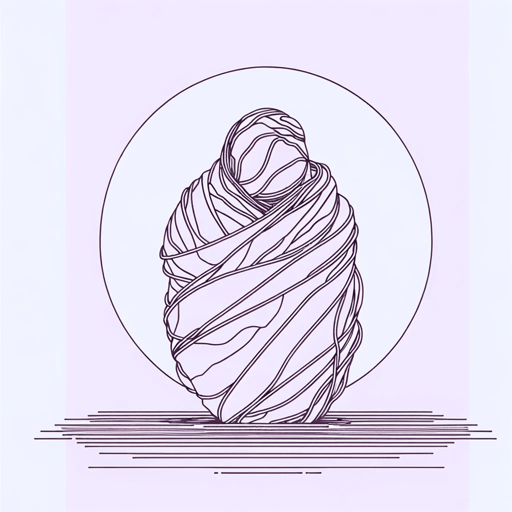
Homeric Hymns
Anonymous
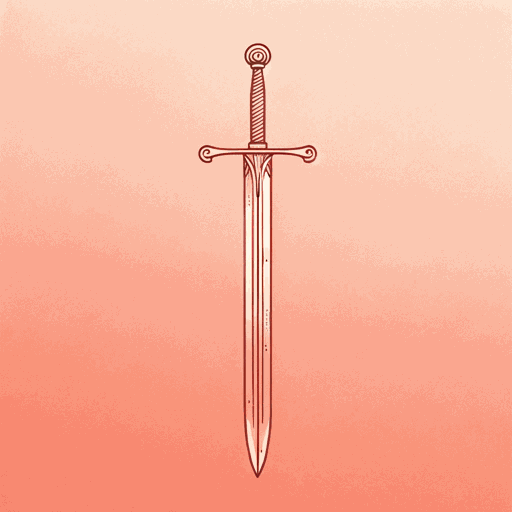
Judith
Anonymous

Laxdaela Saga
Anonymous
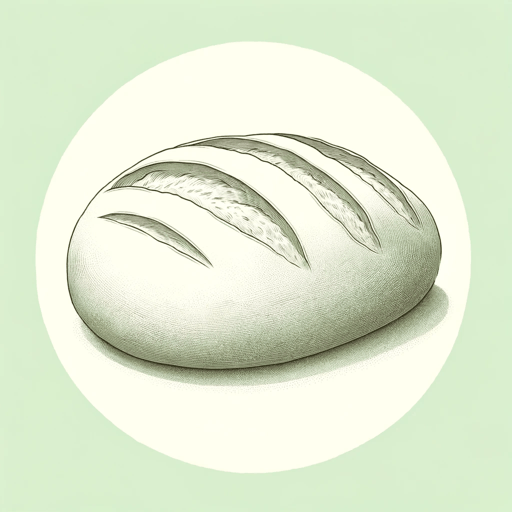
Lazarillo De Tormes
Anonymous

Mahabharata
Anonymous
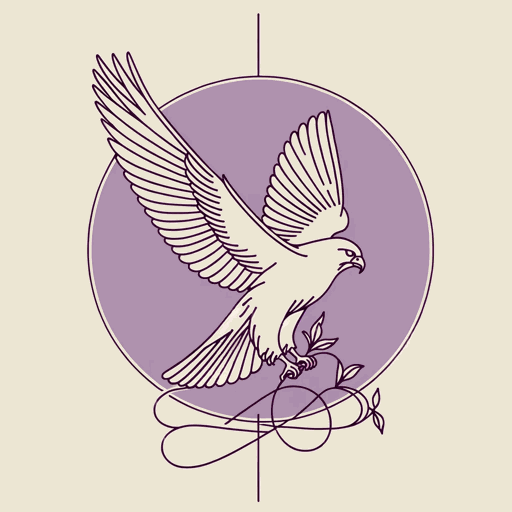
Nibelungenlied
Anonymous
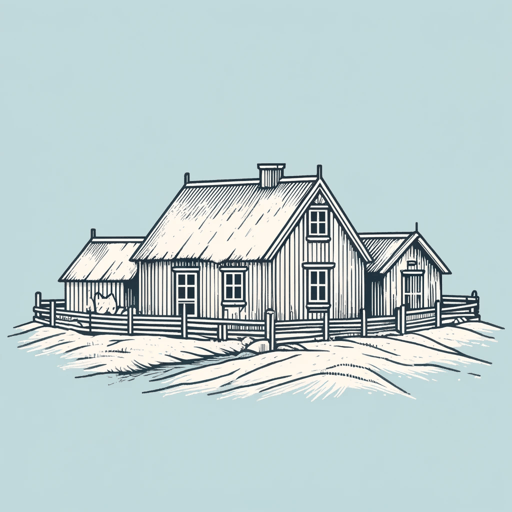
Njals Saga
Anonymous

One Thousand and One Nights
Anonymous
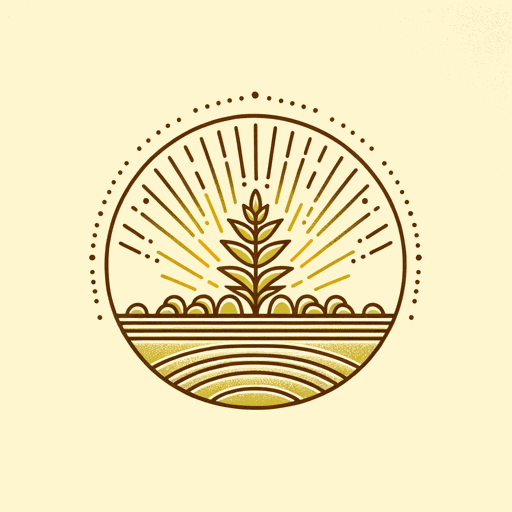
Popol Vuh
Anonymous
